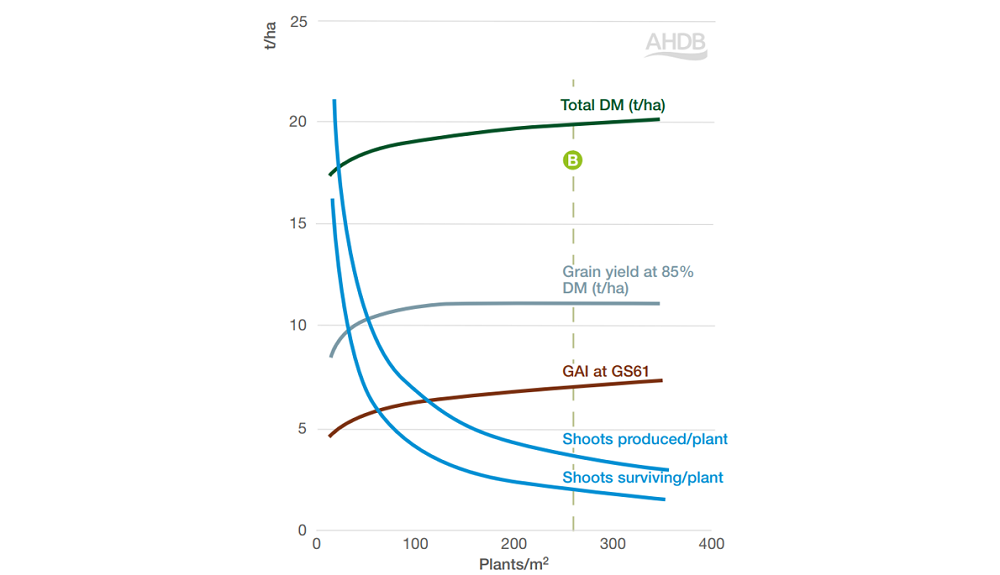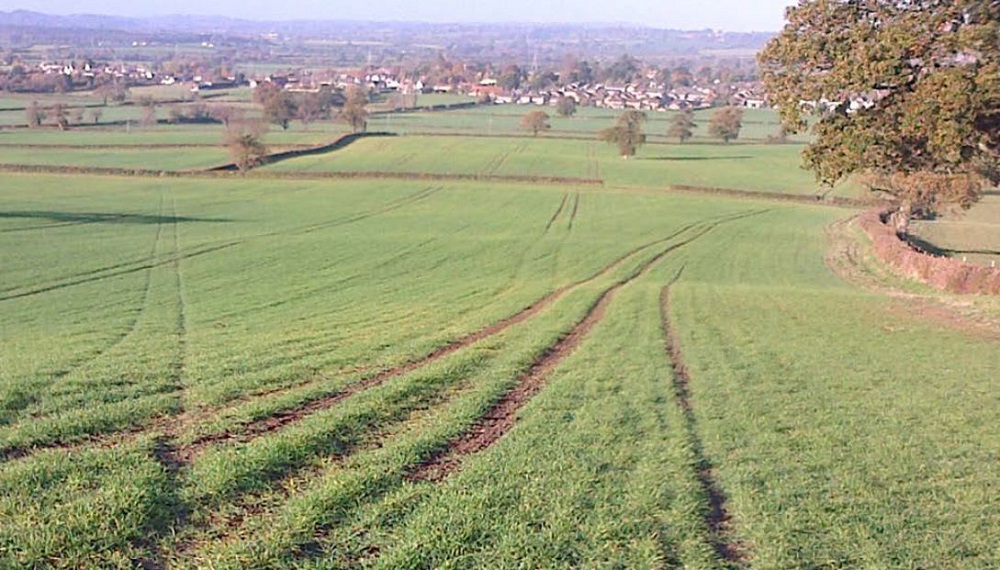- Home
- Knowledge library
- Establishment in wheat: germination and emergence (GS0–GS2)
Establishment in wheat: germination and emergence (GS0–GS2)
From the seed, to its germination and emergence, the early part of wheat’s foundation phase establishes the crop and determines plant populations. Learn how to optimise and measure these early growth stages.
Growth guides for wheat, barley and oilseed rape
Key facts about wheat establishment
- Low plant population density only reduces wheat yield if: significant areas of the field have few or no plants; conditions are unsuitable for compensatory tillering and root growth; weed pressure is high
- Soil type and cultivations can have strong effects on establishment – average establishment for sandy soils is 90%, compared with 65% for loams and clays
- High seed rates, coupled with good establishment, increase lodging risk
Germination and emergence in wheat
Benchmarks: sowing to emergence
- 150 ºC days
- 11 days in September
- 15 days in October
- 26 days in November
Varietal influence: Low
Seed quality and vigour are affected by variety and seed crop ripening. The germination capacity/potential of seed lots should be established, in addition to the need for fungicide seed treatments.
Seedborne diseases and germination of cereals: tests and thresholds
Germination and emergence require moisture and warmth.
Initially, healthy seeds imbibe water, roots start to grow, coleoptiles emerge and extend to the soil surface, then first leaves emerge.
A proportion of viable seeds fail to emerge due to pests, diseases and poor soil conditions.
Establishment declines if sowing is delayed after mid-October and will be around 50% of seeds sown in mid-November.
While sowing to emergence takes longer in cold than in warm weather, the thermal time in each case is similar (150ºC days).
Sowing too deep or too shallow can delay or decrease establishment.
Optimum sowing depth is around 4 cm but depends on pest threats (e.g. slugs and rooks).
Seed rates, establishment and plant populations
Benchmark: 70% of seeds sown established
Benchmark: 260 plants/m2 established
Varietal influence: Low
Other influences: Soil, weather, cultivations, seed treatments, seed rate, sowing depth, diseases, pests
Influence of soil and weather
Soil type and cultivations affect establishment. For example, average establishment on sandy soils is 90%, compared with 65% on loams and clays. Cultivations affect seedbed quality and establishment, depending on soil stability and type.
- Avoid overly cloddy seedbeds but maintain some soil aggregate structure; seedbeds should not be overworked
- Consider deep cultivation on unstable silt soils
- Consider reduced tillage on stable, well-structured clay soils
- Poor or impeded drainage leading to poor rooting and waterlogging
Plant damage or loss over winter may also occur due to frost heave and frost damage (especially after early drilling of fast-developing varieties)
Plant populations
Plant population density depends on seeds sown and establishment.
The proportion of seeds sown that emerge also appears to decrease as the number of seeds sown/m2 increases, although the reasons for this are unclear.
In contrast to barley, tillering tends to compensate for uneven establishment.
It is important to ensure poorly established crops have adequate fertiliser nitrogen (N). It may even be possible to counteract poor establishment by using fertiliser N to encourage tillering and tiller survival. Very few plants die after winter.
Eventual crop structure is markedly affected by surviving plants/m2 (see figure, below).

Higher plant densities cause:
- Fewer crown roots on each plant
- Fewer tillers on each plant
- More fertile shoots to survive, hence more ears/m2
- Smaller culm leaves but greater canopy size (GAI)
- Fewer grains on each ear
- Little change in grain yield, above a low threshold
- Increased lodging risk
An introduction to lodging in cereals
The most appropriate target plant population depends on weed pressure and sowing date – the target should be about 150 plants/m2 in the thinnest areas of the field and more if it is necessary to compete against weeds.
Managing weeds in arable rotations
How to measure plant populations
An estimate of cereal plant populations will indicate if target populations have been met.


